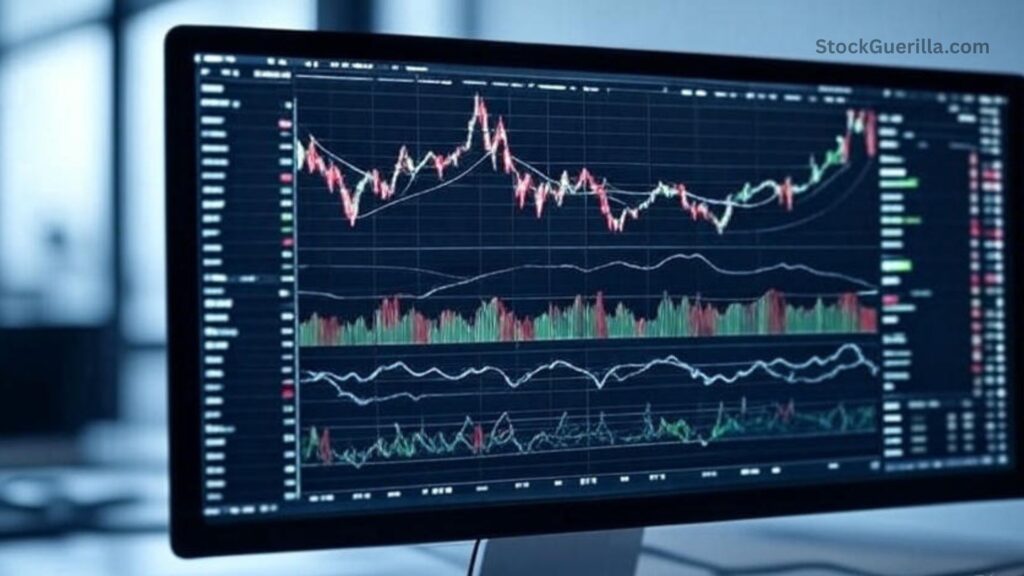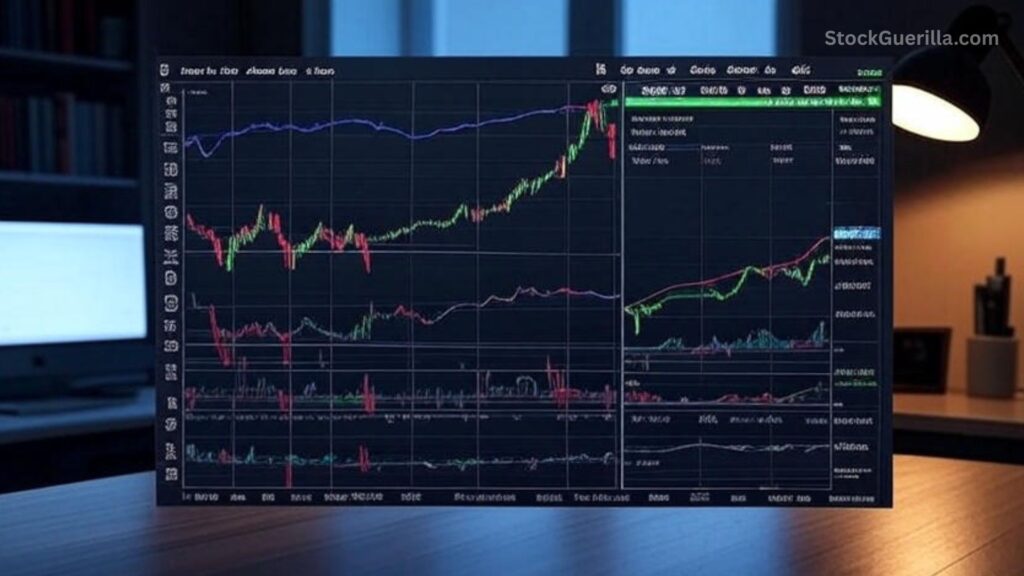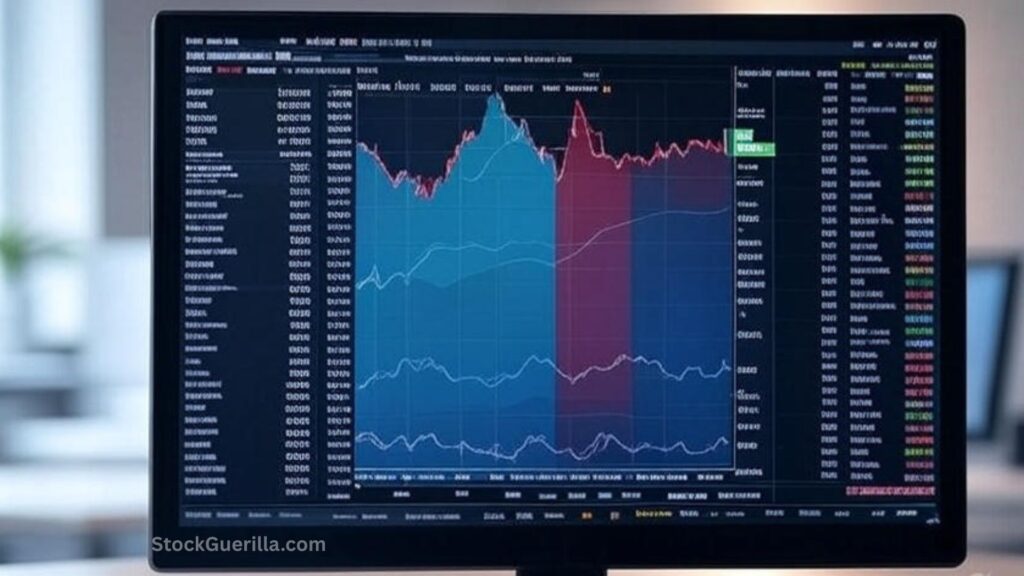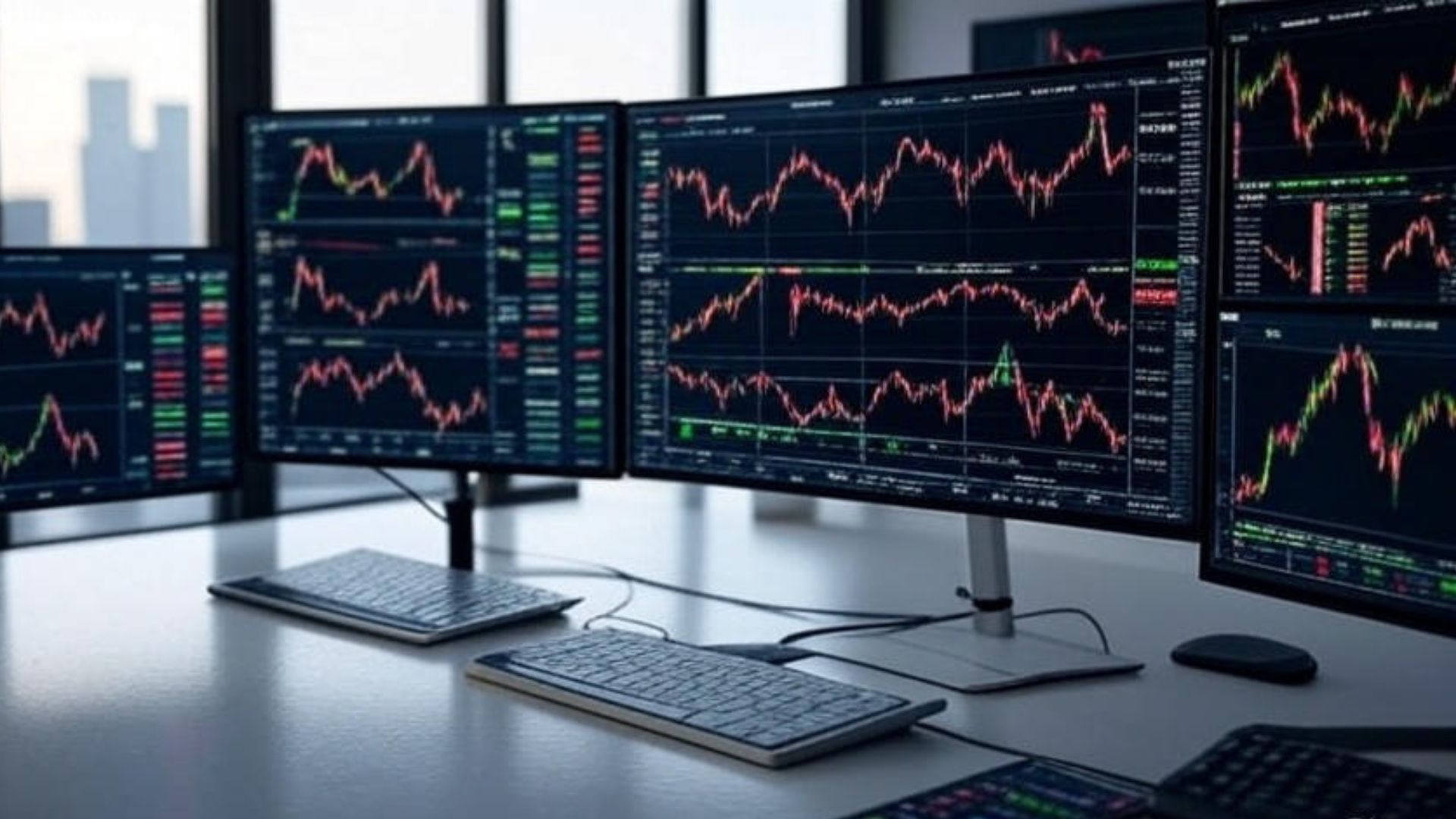What are the Top Charting Tools for Technical Analysis?
Traders often rely on technical indicators to better understand the movement of prices and how people are feeling about the market. These tools help them decide when to buy or sell an asset.
There are hundreds of indicators out there—from basic ones like moving averages to more complex tools like oscillators. Each one serves a unique purpose. Some show momentum, others look at volume, and some help spot trend reversals. The trick is to find the right mix that suits your trading style and gives you a clearer picture of the market.
In this guide, we’ll walk you through seven popular indicators that every technical trader should know.
🛠 Tools of the Trade
Technical indicators take raw market data (like price and volume) and turn it into easy-to-read signals. Think of them as filters that help separate real trends from random market noise.

These indicators fall into four main groups:
- Price indicators (like support/resistance lines)
- Trend indicators (such as moving averages)
- Momentum indicators (like RSI)
- Volume indicators (like OBV)
Each type gives you a different perspective. For example, volume indicators can show whether big players are active in a move, while momentum indicators tell you if a trend is picking up or slowing down. Most successful traders use a mix of these tools for a more complete view.
Let’s dive into some of the most useful indicators.
1. On-Balance Volume (OBV)
- Type: Volume indicator
- Best for: Spotting trend strength and reversals
- Skill level: Beginner-friendly
OBV helps you track buying and selling pressure. When OBV is rising, it means more people are buying. When it’s falling, it suggests more people are selling.
A key feature of OBV is divergence. If a stock’s price is going up but OBV is going down, that could be a warning sign of a possible reversal. The same goes the other way—if price drops but OBV rises, bigger players might be buying quietly, hinting at a future upward move.
2. Accumulation/Distribution Line (A/D Line)

- Type: Volume indicator
- Best for: Measuring buying/selling pressure
- Skill level: Intermediate
The A/D line compares price and volume to show if a stock is being bought or sold behind the scenes. Unlike OBV, it gives more weight to volume when a stock closes near its daily high and less when it closes near the middle or low.
If the A/D line is moving up, that’s a sign of buying interest. If it’s falling, it shows selling pressure. Divergence also matters here—if the price is rising but the A/D line is dropping, a reversal could be coming.
3. Average Directional Index (ADX)
- Type: Trend strength indicator
- Best for: Measuring trend strength and spotting sideways markets
- Skill level: Advanced
The ADX doesn’t tell you which way the market is moving—it tells you how strong that move is. The higher the ADX, the stronger the trend.
It includes three lines:
- ADX line: Measures strength
- DI+: Positive direction
- DI-: Negative direction
Here’s how to read it:
- ADX > 20 + DI+ above DI- = Uptrend
- ADX > 20 + DI- above DI+ = Downtrend
- ADX < 20 = Weak or sideways market
Traders often use ADX as a filter—they only trade with the trend when ADX is strong and switch to range-trading when it’s weak.

Also Read: What are the Most Effective Ways to Reduce Monthly Expenses?
4. Aroon Indicator

- Type: Trend indicator
- Best for: Spotting new trends
- Skill level: Intermediate
The Aroon indicator helps find the start of new trends by looking at how long it’s been since a stock hit its highest or lowest price.
It has two lines:
- Aroon Up
- Aroon Down
When Aroon Up is high and Aroon Down is low, it shows a strong uptrend. The opposite signals a downtrend. If Aroon Up crosses above Aroon Down, that could mean a trend change is coming.
Traders often pair Aroon with volume indicators to confirm signals.
5. MACD (Moving Average Convergence Divergence)
- Type: Momentum + trend
- Best for: Spotting trend direction and strength
- Skill level: Intermediate to advanced
MACD is a popular tool that helps traders understand whether a trend is gaining or losing steam.
It has two lines:
- MACD line
- Signal line (slower)
When the MACD line crosses above the signal line, it’s a bullish signal. When it crosses below, it’s bearish.
MACD also has a histogram that shows the strength of the trend. One of its most powerful features is divergence—when MACD moves differently from the price, it often signals a trend change before it happens.

Also Read: How do Currency Fluctuations Impact Multinational Companies?
6. Relative Strength Index (RSI)
- Type: Momentum oscillator
- Best for: Finding overbought or oversold conditions
- Skill level: Beginner to intermediate

RSI moves between 0 and 100 and compares recent gains and losses to measure momentum.
- Above 70 = Overbought (might go down)
- Below 30 = Oversold (might go up)
But don’t act too quickly—many traders wait for RSI to cross back below 70 (for selling) or above 30 (for buying) as confirmation.
RSI can also help find support and resistance. In an uptrend, RSI usually stays above 30 and often hits 70+. In a downtrend, it tends to stay below 70 and often drops near 30.
7. Stochastic Oscillator
- Type: Momentum oscillator
- Best for: Spotting reversals and momentum changes
- Skill level: Intermediate
The stochastic oscillator compares a stock’s closing price to its price range over a set period. Like RSI, it ranges from 0 to 100.
It has two lines:
- %K (faster)
- %D (slower)
When these lines cross above 80 or below 20, it can signal a possible reversal—especially when the broader trend supports it.
This tool is great at catching early signs of trend changes, even when the price is still making new highs or lows.

Also Read: What are the Best Stock Trading Apps for Beginners?
Final Thoughts
Using technical indicators can give you an edge in the market, but no single tool works all the time. The real power comes from combining a few indicators that complement each other and match your strategy.
Start simple, test what works for you, and remember—these tools don’t predict the future, but they help you make smarter decisions based on what’s happening now.




Post Comment